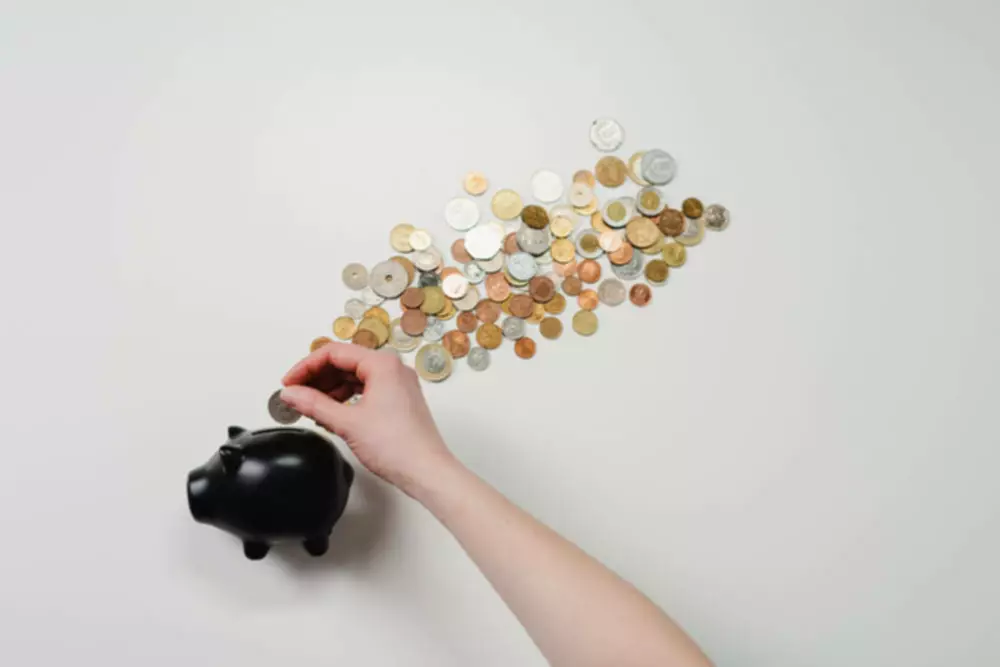Content

Your CMMS can track an asset’s value and anticipate depreciation over its useful life. If you’re using the straight line depreciation method, you can set expectations on how the total devaluation of an asset will be distributed over time and recorded in the depreciation schedule.
Description of depreciation – Carwash Online
Description of depreciation.
Posted: Thu, 29 Sep 2022 07:00:00 GMT [source]
You would also credit a special kind of asset account called an accumulated depreciation account. These accounts have credit balance (when an asset has a credit balance, it’s like it has a ‘negative’ balance) meaning that they decrease the value of your assets as they increase. Whether you’re creating a balance sheet to see how your business stands or an income statement to see whether it’s turning a profit, you need to calculate depreciation.
Straight-line method of depreciation
Deputy’s content team works closely with business owners, managers, and their employees to create helpful articles about how to make their worklife easier. The information contained in this article is general in nature and you should consider whether the information is appropriate to your needs. Therefore, the equipment you have bought for your business what is straight line depreciation will depreciate by $1000 each year, for eight years. You predict that at the end of your hardware’s useful life, there will be $200 in salvage value for some parts, which you will sell to get back some of the original money you spent. The Balance uses only high-quality sources, including peer-reviewed studies, to support the facts within our articles.
- The asset’s value is reduced on an annual basis until it reaches its estimated salvage value at the end of its useful life.
- You can’t get a good grasp of the total value of your assets unless you figure out how much they’ve depreciated.
- The straight line method on the other hand does not alter the performance of the business.
- Cost Of SalesThe costs directly attributable to the production of the goods that are sold in the firm or organization are referred to as the cost of sales.
- In the first article I wrote comparing the aggressive and conservative methods, I labeled accelerated depreciation as the aggressive method.
Eric is a staff writer at Fit Small Business and CPA focusing on accounting content. He spends most of his time researching and studying to give the best answer to everyone.
The Straight Line Depreciation Method
It is based on the accounting equation that states that the sum of the total liabilities and the owner’s capital equals the total assets of the company. The value we get after following the above straight-line method of depreciation steps is the depreciation expense, which is deducted from the income statement every year until the asset’s useful life. The next step in the calculation is simple, but you have to subtract the salvage value.
- With straight-line depreciation, you can reduce the value of a tangible asset.
- The business can continue to use the asset if it’s still functional, and no longer has to report an expense.
- These methods can be more accurate when dealing with items such as computers or vehicles, since those tend to lose the most value within the first few years of use.
- At the beginning of the life, the accelerated method obviously costs more but towards the later stages of the useful life, the expenses become much less.
- The calculations required to create an amortization schedule for a finance lease can be complex to manage and track within Excel.
- He received his masters in journalism from the London College of Communication.
To find the depreciation expense using the deprecation rate, multiply the depreciable base by the depreciation https://www.bookstime.com/ rate. Recording depreciation affects both your income statement and your balance sheet.
How do you calculate straight-line depreciation?
These two systems offer different methods and recovery periods for arriving at depreciation deductions. Cash And Cash EquivalentsCash and Cash Equivalents are assets that are short-term and highly liquid investments that can be readily converted into cash and have a low risk of price fluctuation. Cash and paper money, US Treasury bills, undeposited receipts, and Money Market funds are its examples. They are normally found as a line item on the top of the balance sheet asset. This method was created to reflect the consumption pattern of the underlying asset.
